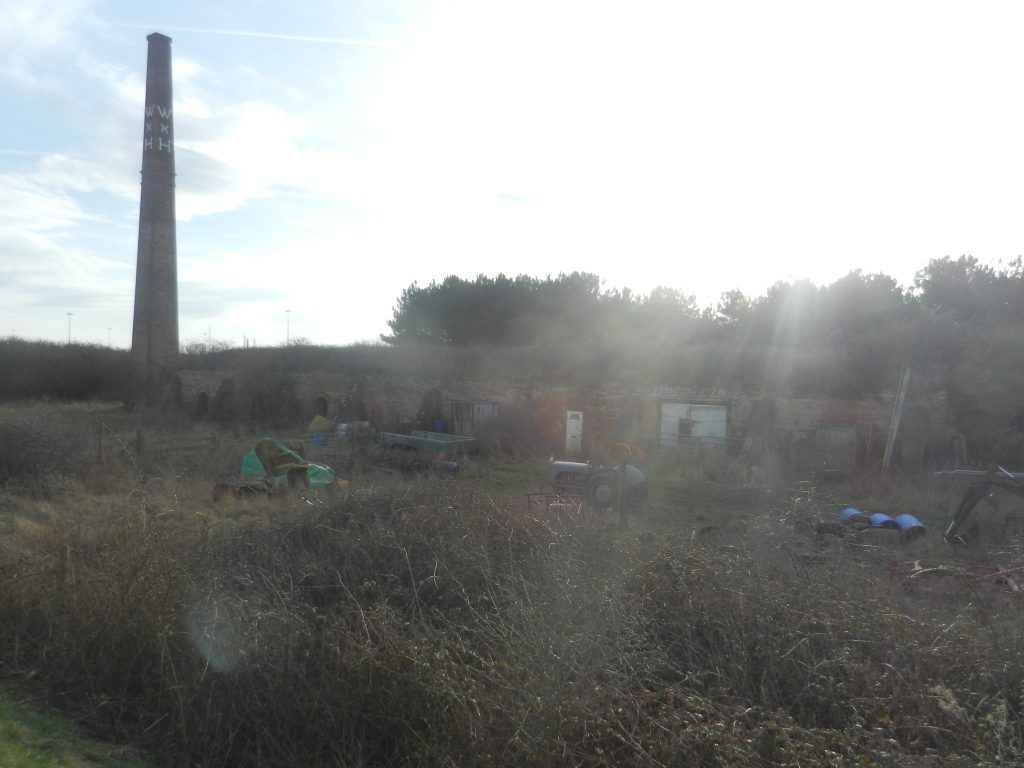Inland of the section of concrete promenade between the mouth of East Halton Beck and the Killingholme Dock jetties (s.p.b.) the large post enclosure fields had annual arable crops up to about six years ago. Now they are grassed, and for much of the length parallel channels have been dug. I think this land is now administered by the Environment Agency and is possibly a sort of nature reserve. Maybe it is earmarked as a future area of managed retreat, as at Thorngumbald Marsh on the opposite side of the Humber Estuary.
The landward grassy bank of this section of flood defence (see above) is a good place to find a number of self-sown wild flowers, particularly in late spring.
My last point about the mouth of East Halton Beck (s.p.b.s) is that, at low tide especially, it is a prime site for observing wader species, particularly heron, dunling and curlew with, inevitably, some mallard; clearly mallard can adapt to a coastal environment (saline water) as well as to inland freshwater environments.
Towards the Killingholme end of this stretch of Humber bank the site of a disused brick works is encountered with the landmark of the chimney of the battery of brick kilns still intact. Although now disused, the kilns in the past have been used as storage areas by a local smallholding, the nearby bungalow, although in an isolated location, still being lived in.
(to be continued)
